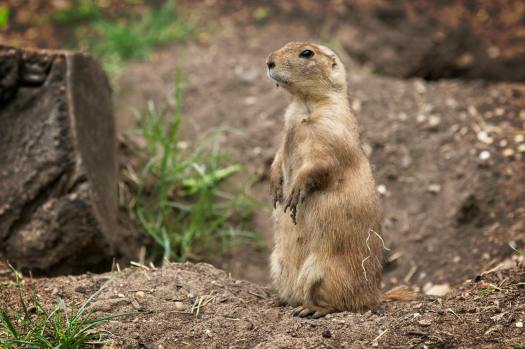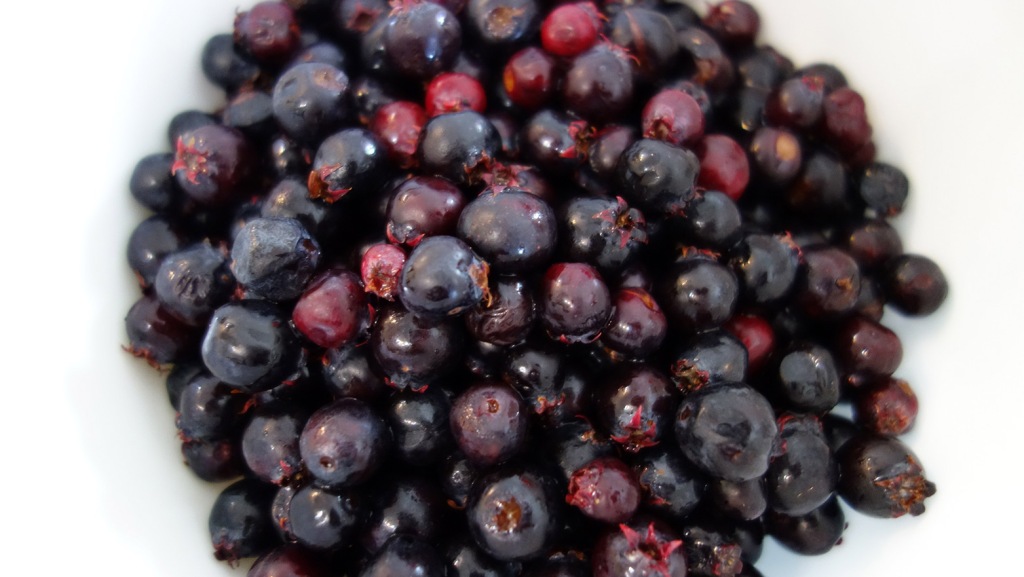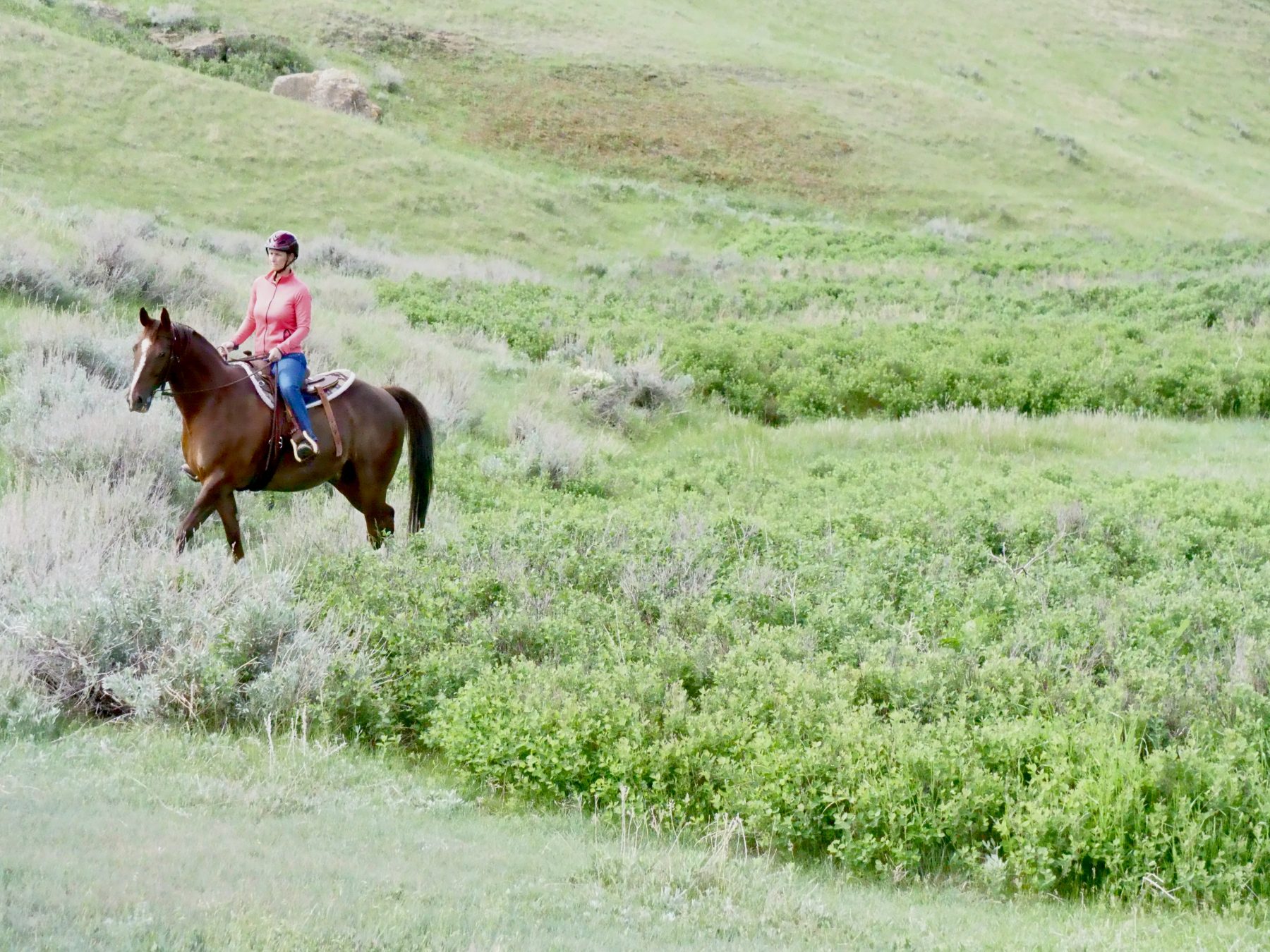This is story #20 of the Harry Forbes Remembers series.
Growing up as one of 11 siblings on a grain and cattle farm in western Saskatchewan was an enjoyable and action-filled life. During the early and middle 1900s there were few machines to do the farm work. Many chores fell to the children of the family. There seemed to be tasks to fit every size of child, from gathering eggs for the smallest ones to field work for the almost grown-up ones. We never lacked for things to do. We were never bored as you hear young people complain about today: in fact, I don’t think we even knew there was such a word.
Milking the Cows
There were always cows to be milked on our farm. The girls were spared that job in the winter, but in summer, spring and fall when the men and boys were engaged in field and outdoor work, it was another story. The first part of this task was to go out and bring the cows in from the pasture. Since they were never very far from the buildings, this was usually done on foot. We often went barefoot, so had to watch for the little pincushion cactus that caused pain if you stepped on their pin-filled tops. We had one small red cow that liked to be a pet. She would poke along behind the rest of the herd. When they were all headed for home, we could climb on her back and ride. One summer my sister Ella and I, about 15 and 14 years old, milked 15 cows between us, morning and night all summer. Two of them were kickers so we each claimed one of them and would tie their two hind legs together before we sat down to milk them.

The milk was taken to the house and put through the cream separator that was cranked by hand. It was MCCormick Deering machine and sounded like a threshing machine when you got it up to the required speed. One of us would crank until we were winded, then another would grab the handle and try to continue the operation without missing a beat.
The separating done, the sim milk was taken back to the barn to feed the pail-bunter calves and the pigs. Dad had a barrel on a stand in the pig pen. A certain amount of grain was put into that and water added. The amount of fed at each feeding depended on how many pigs were in the pen. At feeding time those hogs came snorting, grunting and squealing with their mouths wide open and pushing, each trying to be the first one in the trough. The same sister, with whom I did the milking, and I were to feed those hungry animals. We were afraid of them. We got a stick and one drove the pigs away while the other one put the feed in the trough. I guess we must have hit pretty hard sometimes. Later when Dad butchered one of the hogs, he couldn’t understand why it had a broken rib. We weren’t talking!
Gophers! Weeds!

In the spring and summer time there were gophers to poison which meant lots of walking around the fields. This job was for some of the older chore people. Another spring job was burning weeds that had been raked into winrows. Saturdays or after school in the evenings would find us with three-tined forks in the fields. A fire was set at one place in the row. When it was burning well, a forkful of the burning material was taken by a runner to another place until the whole row was on fire. Stray bits had to be gathered and thrown into the fire.
Planting the Garden
Our parents planted a large plot or two of potatoes as well as one of corn and a garden each spring. The corn was planted (after the soil was tilled) with a corn planted that consisted of two handles about three feet long, fastened together in the middle. They worked sort of scissor fashion. There was a little box into which the seeds were poured. When the handles were pulled apart, it opened a hole for a few seeds to fall through into the soil. The hands were closed and seeds dropped every few inches.
For potatoes, Dad usually used the three-bottom plow. The first round opened a row along which we, the planters, walked placing a seed potato at each step until the row was finished. The next round of the plow covered the first row and opened another one. This procedure was repeated until the patch was full.
One of us usually got chosen to help Mom plant the garden. Of course all those potatoes and corn had to be cultivated. A cultivator was pulled by a horse, with one person riding the horse and another one keeping the machine in the ground and guiding it. The rows still had to be hoed. Everyone knows how that was done.
Then there were those awful potato bugs. Some people picked them off by hand, dropped them into a tin of kerosene or otherwise destroyed them. We didn’t do it that way. A barrel of water was loaded on the stoneboat and a poison called Paris Green was measured into it according to directions. This was hauled to the potato patch. Sprinkling cans were filled with the mixture and the plants were drenched with the solution. I have wondered since why none of us ever got poisoned. We were just kids and I don’t suppose we were any too careful.
Herbicides were not used on the fields but there was not the proliferation of weeds that there are now. Several of us, accompanied by Dad, each with a gunny sack would walk through the field pulling every weed we saw as we walked. The weeds were placed in the bags and taken home to be burned.
Fall Harvest Field Work

In the fall of the year there was field work to be done. We drove the horses on the header barge or racks, or built the load as the grain came out of the feilds. As the boys got old enough, they ran the machines. My sister, Elsie, and I got pressed into building stacks one time. The crop being harvested was rye. It was quite light and fluffy and hard to tramp down. As each load was brought in, it was pitched onto the stack and we had to place it. There is a technique to building a stack that we knew nothing about. With some coaching from our older brother, Harry, and he building the corners for us and telling us how to round the top, we ended up with what we thought were pretty good stacks. A wind came up during the night. When we got to the field in the morning, we were terribly disappointed to see that the wind had lifted the tops off our stacks and deposited them on the ground.
Stooking
In the fall there were 25 acres of oats to be stooked. Dad often hired a man from Hatton to do that job. For some reason, we kids must have told him we could do it and that he didn’t need to hire anyone. That must have been one of the better growing years. Those bundles were taller than we were, partly green and heavy. Before we got it all stooked, we were rather regretting our agreement to stook it, but the job was completed.

While all this was going on there were many jobs around the house for those who had not been drafted for the outside work. Wood for the stove and water had to be packed into the house. Dirty dishes abounded when cooking a meal three times a day for nearly a dozen people; washing them was not a favorite task. Bed linens were changed each week, windows cleaned with Bon Ami, wooded chairs washed and floors scrubbed. The wood that had been burned in the stove produced ashes that had to be taken out and disposed of. Likewise the water after being used was taken back outside and dumped.
It sounds as though all we did was work. Not so!! there was only so much to be done each day, and when it was done, out time was our own. The jobs were allotted amongst the seven or eight of us who were older, and as kids will do, we had fun while working. Only necessary chores where done on Sundays. We could visit the neighbor kids, get together for a ball game or play other games. Sometimes we just roamed around the prairie. Most of our family members were readers and spent time doing that. Board games filled time in the evenings or when the weather was not good.
This was our family, but I think it was typical of most farm families in the area. We were all kept active; there was no need to go to a gym. I cannot recall one person, either child or adult, who was obese.
Fun Picking Berries
Most years you could go to the Cypress Hills, find a saskatoon berry patch and come home with 3 1/2 gallon pails of berries. They were canned for fruit.

In the summer of 1938, Elsie, our mother and Mrs. Albert Anderson took our Bennett buggy with a gentle team, Floss and Baldy, to go picking saskatoons. They went from our place south to the Cypress Hills. The first night, Elsie remembers they stayed at a Kobiz place. The second night, in the dark they reached a fence near where Mrs. Anderson said the berries were. She had been on this excursion before. There were some cattle on the far side of the gate that they had to go through. Mrs. Anderson flopped her skirt making a spectacle and a lot of noise getting the cattle to run away. They went through the gate, unhooked the horses and tied them to fence posts. They slept in the buggy that night, Mrs. Anderson in one end, Elsie and Mom in the other. The reason they slept in the buggy was she was afraid of snakes, but she was not to tell Mom.
They headed out to the saskatoon bushes to pick berries, but that year there were no berries to pick. While they were searching for berries, a drenching rainstorm came up and they got soaked to the skin. They now decided to head back home.
On the way home there was a very steep hill to go down. There must have been a spring seat on the buggy, it slid ahead and dumped Mrs. Anderson and Mom out on the ground. Mrs. Anderson was the teamster and lost the lines. Elsie was afraid the team might run away so she grabbed the line and hollered, “Whoa?” to stop them. Good job they’d taken the gentle team.
No one was hurt and Mrs. Anderson and Mom were laughing about being dumped out. They gathered everything together, loaded up and continued on their way. They stopped at someone’s place that night. They got home the next day with no berries but they’d had a good time. It was not a very prosperous trip.
After this:
p. 105, Clothing in the 1920’s and 1930s
p. 109, Hair Days

